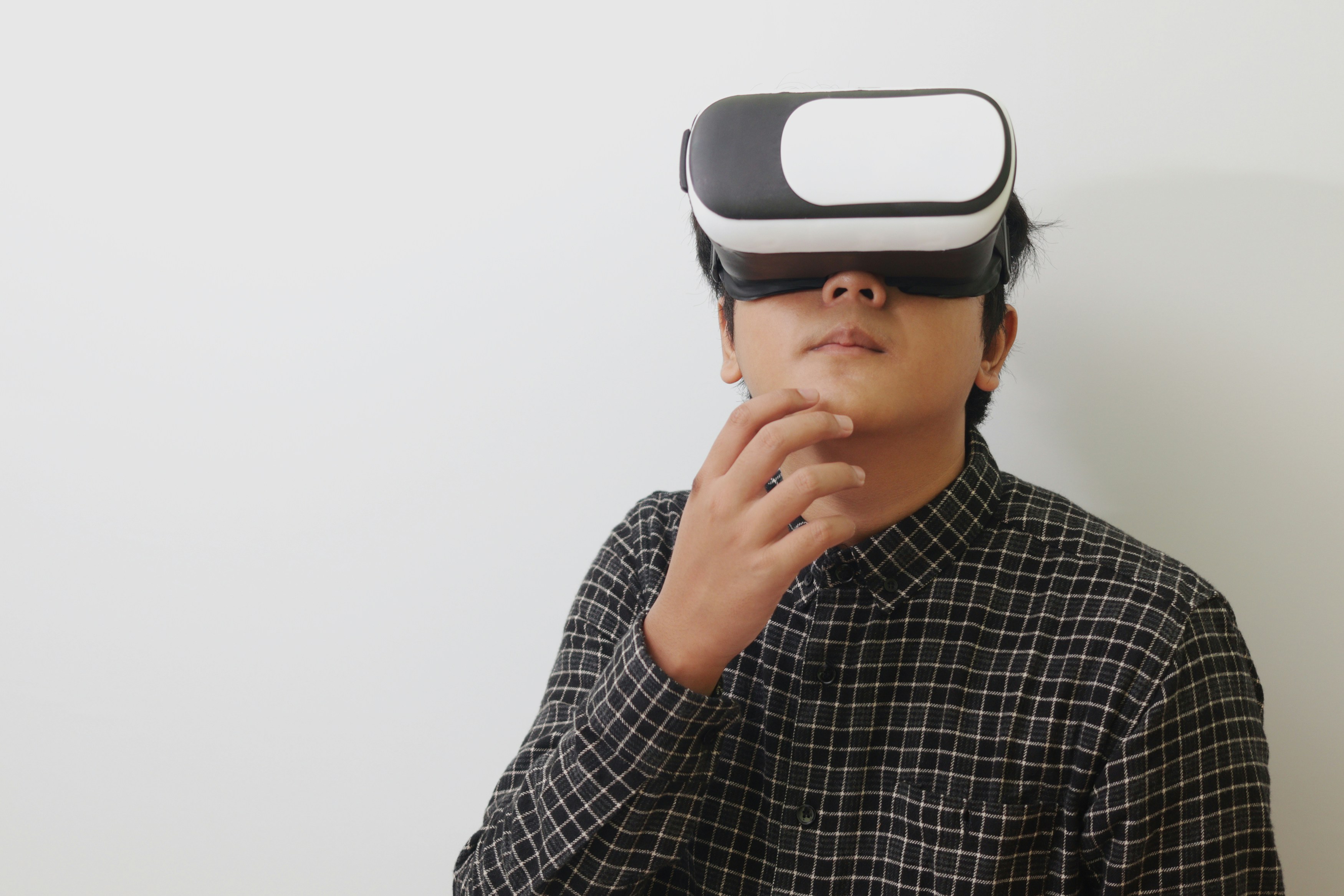The New Age of Digital Witnesses: Legal Protocols for Remote Testimony
In a world where virtual meetings have become the norm, the courtroom is no exception. As remote work expands and restrictions on physical presence evolve, the legal landscape is adapting to harness technology, introducing a revolutionary shift in how testimony is conducted. Welcome to the era of digital witnesses, where legal protocols for remote testimony are being defined and refined. This article explores the implications of using digital witnesses in legal proceedings, offering insights, practical tips, and strategies that will help legal practitioners and clients navigate this new terrain effectively.
The Shift to Remote Testimony: Why It Matters
The transition to remote testimony isn’t just a reaction to temporary circumstances; it signals a profound change in the way legal processes operate. Events such as the COVID-19 pandemic created an urgent need for flexibility in how legal proceedings are held. Suddenly, the once-inflexible courtroom was opened up to the possibilities of remote testimonies. This shift not only facilitates the participation of witnesses who may otherwise be unable to appear but also speeds up the legal process, allowing cases to move forward without unnecessary delays.
Understanding Digital Witnesses
In essence, digital witnesses allow individuals to testify from remote locations using various digital mediums. Utilizing technology such as video conferencing platforms, attorneys can effectively depose or interrogate witnesses from the comfort of their homes or offices. This change enhances accessibility and opens doors for witnesses who might be incapacitated, located in far-off places, or unwilling to appear in person for an array of personal reasons.
However, as we embrace this digital shift, it’s crucial to understand the legal frameworks that govern remote testimony. Courts throughout the world are defining new rules and protocols to ensure that remote testimony meets the same evidentiary standards as traditional appearances.
Legal Frameworks Governing Remote Testimony
Navigating the legal protocols surrounding digital testimonies can be a complex endeavor. Various jurisdictions have different rules regarding the admissibility and approach to remote witnesses, so it’s essential for legal practitioners to familiarize themselves with local regulations.
For instance, the Federal Rules of Evidence in the United States have provisions that recognize testimony given via electronic means as valid as long as the necessary protocols are adhered to. Several states have amended their rules to clarify that sworn testimony can be taken remotely under specific circumstances, thereby paving the way for clear, enforceable standards.
Key Considerations for Legal Practitioners
As legal professionals integrate digital witnesses into their practice, there are several critical aspects to keep in mind:
-
Establishing Identity and Credibility: It is essential to verify the identity of a witness providing testimony remotely. Legal professionals should implement an authentication protocol, potentially requiring witnesses to provide identification or use secure login measures to confirm their identity.
-
Maintaining Confidentiality: When testimonies are taken online, it’s vital to ensure the confidentiality of communications. All parties must be mindful of not discussing cases outside of official channels and should use encrypted platforms to prevent unauthorized access.
-
Record Keeping: Proper documentation during remote testimony is vital. Creating reliable official transcripts and recordings of digital witness testimonies will help uphold the integrity of the legal process. Practitioners must negotiate with court reporters to ensure that remote technology does not hinder their ability to fulfill their duties.
-
Technical Challenges: Familiarizing oneself with the technology involved is essential. Glitches, connectivity issues, or software malfunctions can derail proceedings. Therefore, both lawyers and clients should conduct test runs of the technology prior to actual testimony to minimize disruptions.
-
Adhering to Local Laws: Variations exist in legal requirements across jurisdictions when it comes to remote testimonies. Make sure to keep abreast of local laws, regulations, and any amendments governing this aspect of legal practice.
Technology Behind Remote Testimony
The successful utilization of digital witnesses hinges on reliable technology. Various platforms, including Zoom, Microsoft Teams, and specialized legal conferencing tools, are being increasingly employed in legal settings due to their user-friendly interfaces and strong security features.
Investing in user-friendly tech systems can minimize confusion and foster a more streamlined witnessing experience. Features such as breakout rooms for private conversations, secure document sharing, and reliable recording options contribute significantly to the efficacy of remote testimony.
Ensuring Credibility in Remote Testimonies
While the move towards remote testimonies opens up new avenues for accessibility, it also raises concerns regarding the authenticity and credibility of such testimonies. Here are a few strategies to enhance the credibility of remote witnesses:
-
Pre-Testimony Verification: Before a remote testimony commences, lawyers should engage in due diligence to confirm the witness's background, credibility, and any potential biases. Opening up a dialogue about the witness’s relationship to the case can provide necessary context and reinforce their reliability.
-
Clear Ground Rules: Setting clear expectations for the remote testimony process is vital. Witnesses should be instructed about what is permissible during the session, including restrictions on external influences or assistance while providing their testimony.
-
Engagement Techniques: Remotely, it can be easy to disengage or become distracted. Legal professionals can use engagement techniques, such as soliciting direct responses or posing questions that require nuances in answers, ensuring that the witness remains focused throughout the testimony.
-
Follow-Up Queries: After recording the testimony, follow up with additional questions if necessary. This not only allows for clarification but also offers insights into the witness's reliability and subject knowledge.
-
Legal Safeguarding: Employ measures that protect the integrity of the testimony itself. Artificial intelligence tools can be leveraged to help analyze testimony for inconsistencies, bolstering the integrity of witness accounts.
Potential Pitfalls to Avoid
Despite the advantages, numerous pitfalls may emerge in remote testimony environments. Here are some key ones to be on the lookout for:
-
Technical Glitches: Connectivity issues can disrupt proceedings. Where possible, use hardwired connections instead of Wi-Fi, and have backup options at the ready.
-
Distractions and Interruptions: Witnesses testifying from home may face family interruptions. Practitioners should advocate for witnesses to find a quiet, secure environment to minimize distractions.
-
Non-Verbal Cues: Witnesses may lose non-verbal cues that can be vital for evaluating credibility. Acknowledging this challenge, lawyers should adapt their questioning to focus more on verbal clarity.
-
Lack of Familiarity with Technology: Some witnesses may struggle with the technology used for remote testimony, so it's critical to provide adequate support and clear instructions for how to use the platform chosen for the proceedings.
Next Steps: Embracing Digital Witnesses
As we progress further into this new age of digital witnesses, the legal community must adapt and embrace innovation. By utilizing remote testimony correctly, legal professionals can save time, cut down costs, and engage witnesses who may have previously faced obstacles to appearance.
To dive deeper into navigating prevalent legal challenges and the ethical implications of technologies in court, check out additional readings on legal robotics and tenants' rights. For instance, Navigating Legal Robotics & AI Tools highlights how these technologies are reshaping access to justice in 2025, while Unlocking Your Rights: Essential Insights for Tenants in 2025 offers crucial advice for individuals in rental situations.
Final Thoughts
The rise of digital witnesses marks a transformative chapter in the legal landscape. While challenges and potential pitfalls exist, an informed approach to remote testimony can ultimately enhance legal proceedings. By equipping oneself with the necessary understanding of legal protocols and technology, legal practitioners can adeptly navigate this evolving territory. Remote testimony can broaden access to justice, and with proper safeguards in place, it can prove a valuable asset to the legal community.



